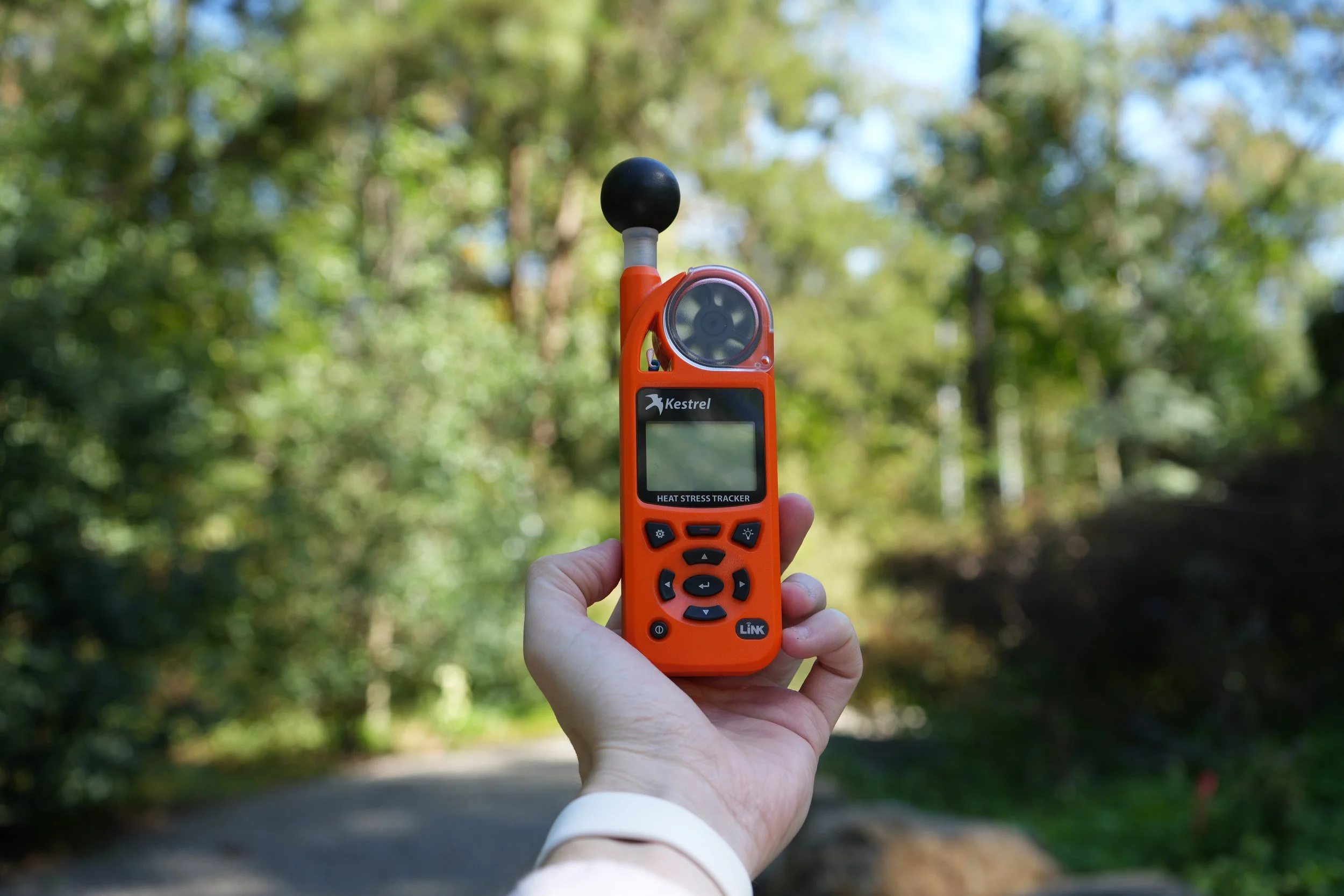How can I conduct a collaborative heat monitoring project?
As part of our goal to support all American communities who want to plan and prepare for extreme heat, the Center for Collaborative Heat Monitoring has developed the following materials to help communities get started with their own heat monitoring projects. We encourage interested communities to reach out to us to discuss potential opportunities to work together.
The content in the following pages is provided for informational purposes only, and should not be considered a substitute for tailored technical support. This information has not been reviewed by NOAA or NIHHIS.
Step 1: Learn more about citizen science and participatory monitoring
Why “collaborative” heat monitoring? What are the benefits of working with volunteers to collect weather data?
Step 2: Set goals and identify priorities for a heat campaign
One way of measuring heat won’t work for everyone. To determine what kind of heat monitoring campaign is right for you, it is important to identify what you hope to get out of a campaign, what questions you have, and how heat is already affecting your community.
Step 3: Identify existing sources of heat data
In many cases, you may be able to answer some of your questions by working with public data that has already been collected. We’ve compiled some of our favorite resources to help you get started.
Step 4: Develop a plan to collect local heat data
Once you’ve reviewed existing heat data, you may decide that you will need to collect new heat data for your community in order to answer your questions. At this stage, you will need to make decisions about what type of heat data is right for your needs, what tools will allow you to collect that data, and who will manage the campaign and data analysis.
Step 5: Work with data scientists, forecasters, and modelers to better understand your data
While in some cases, you may be able to interpret your data on your own, working with technical experts who are familiar with tools such as GIS can help you get the best insights out of your data.
Step 6: Share your data with decision-makers and your community
Even the best data won’t help your town or city build heat resilience if you leave it in a spreadsheet. At this stage, it’s especially important to share your data with those who are likely to use it most, which may involve workshops and participatory exercises to find out the best way to present and format your data for the audiences you want to reach.
Heat science is better together.
The Center for Collaborative Heat Monitoring is working towards increasing our capacity to provide consultations and support for community-based heat monitoring campaigns.
Sign up to be the first to receive information about future opportunities to work with us.







